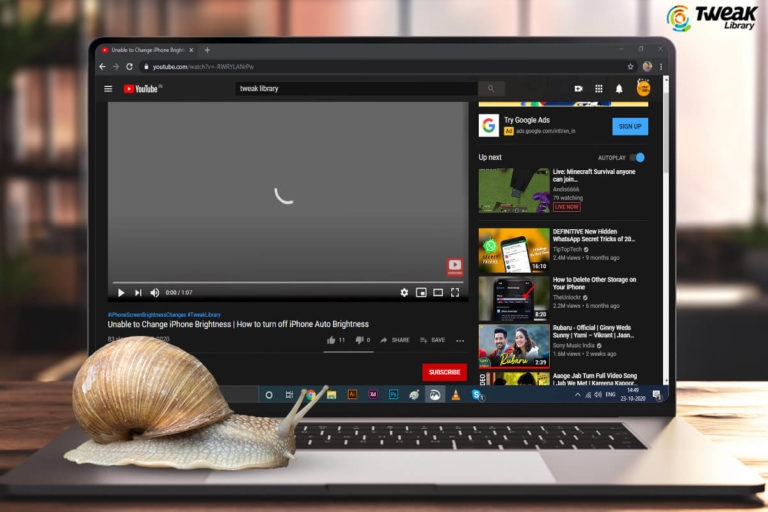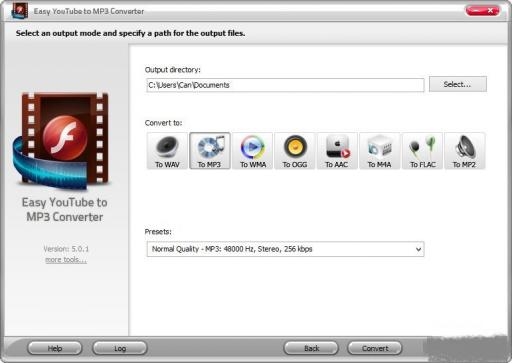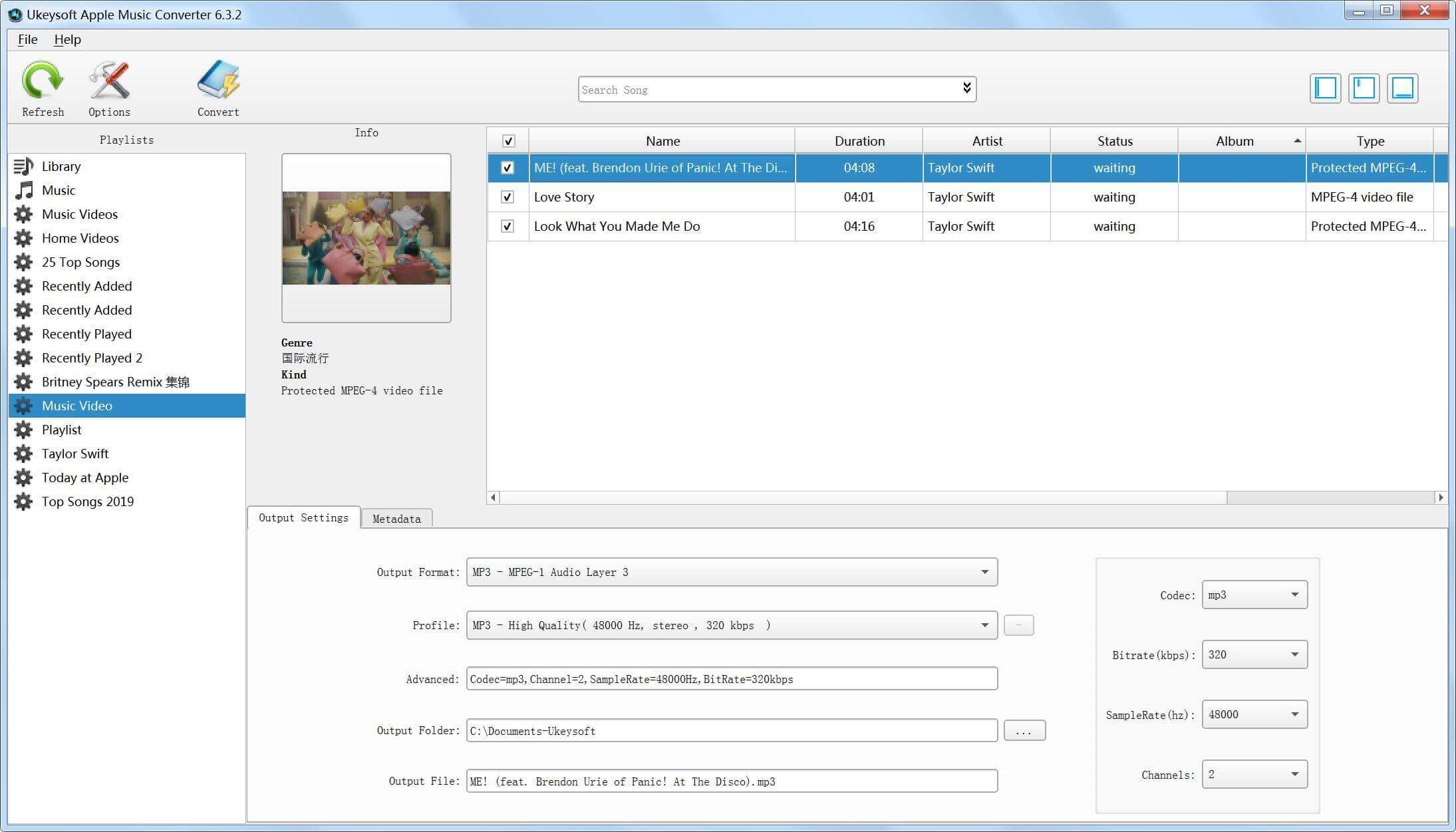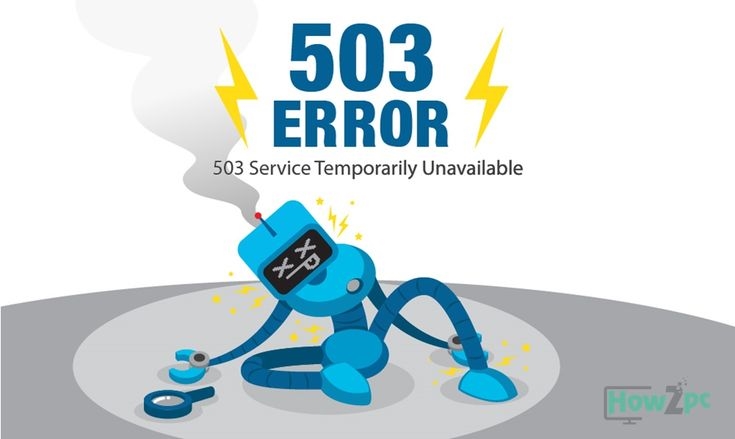Understanding Audio Extraction from YouTube
In today’s digital age, YouTube has become a treasure trove of content, ranging from music to podcasts, educational videos, and more. Sometimes, you might find yourself wanting just the audio portion of a video—whether it’s for offline listening, creating a personalized playlist, or for use in a project. Extracting audio from YouTube is a straightforward process when done right. In this article, we’ll explore various methods for audio extraction, legal considerations, and best practices to ensure you get the best results.
Understanding Audio Extraction from YouTube
Audio extraction from YouTube refers to the process of separating the audio track from a video and saving it as an independent file, typically in MP3 format. This allows you to enjoy the audio content without needing to stream the entire video, making it more accessible when you’re offline or have limited data.
Why Extract Audio from YouTube?
There are numerous reasons why individuals might want to extract audio from YouTube:
Offline Listening
One of the primary benefits of audio extraction is the ability to access your favorite content offline. Whether you’re on a long flight, in a remote area, or just want to save on mobile data, having audio files stored on your device is incredibly convenient.
Creating Customized Playlists
Extracting audio from YouTube allows you to curate personalized playlists. This is especially useful for building collections of live performances, remixes, or rare tracks that might not be available on music streaming platforms.
Educational and Professional Use
Students and professionals often use audio extraction to save lectures, interviews, or other educational content. Having these resources in audio format makes them easier to revisit during commutes or while multitasking.
Legal Considerations for Extracting Audio
Before diving into the methods of extracting audio, it’s crucial to understand the legal implications:
YouTube’s Terms of Service
YouTube’s Terms of Service explicitly prohibit downloading content unless a download option is provided by YouTube itself. Violating these terms can result in penalties, including the suspension of your account.
Copyright and Legalities
Most of the content on YouTube is protected by copyright, meaning that you need permission from the content owner to download and use it legally. Extracting audio without proper authorization can lead to legal consequences.
Fair Use and Audio Extraction
In some cases, extracting audio might fall under the fair use doctrine, particularly for purposes like commentary, criticism, or education. However, fair use is a nuanced area of law, and it’s essential to be fully aware of the criteria before proceeding.
Risks of Unauthorized Downloading
Engaging in unauthorized downloading can expose you to risks such as legal action, fines, or takedown notices. It’s always best to ensure that you have the necessary rights to download and use the content.
Methods to Extract Audio from YouTube
There are several ways to extract audio from YouTube, each with its own set of tools and advantages:
Online Audio Extractors
Online audio extractors are popular for their ease of use. These tools allow you to paste a YouTube video URL, select the audio format you prefer, and download the extracted file within minutes.
Desktop Software Solutions
For those who prefer more control and higher quality, desktop software like 4K Video Downloader or Audacity offers advanced features, such as batch processing and various output formats.
Mobile Applications for Audio Extraction
Mobile apps like TubeMate and VidMate make it easy to extract audio directly to your smartphone, allowing you to enjoy your favorite tracks on the go.
Browser Extensions for Audio Extraction
Browser extensions like Video DownloadHelper integrate directly with your web browser, enabling quick and convenient audio extraction from YouTube videos.
Step-by-Step Guide to Extract Audio from YouTube
Here’s a detailed guide on how to extract audio from YouTube using different methods:
Online Tool Method
- Find the YouTube Video: Locate the YouTube video from which you want to extract the audio.
- Copy the Video URL: Copy the URL from your browser’s address bar.
- Choose an Online Audio Extractor: Visit a reputable online tool like Y2Mate or MP3hub.
- Paste the URL: Paste the URL into the tool’s input field.
- Select the Audio Format: Choose the desired audio format, such as MP3 or AAC.
- Download the Audio File: Click the download button and save the extracted audio to your device.
Desktop Software Method
- Install the Software: Download and install a trusted desktop application like 4K Video Downloader.
- Copy the URL: Copy the YouTube video URL.
- Paste the URL into the Software: Open the software and paste the URL.
- Select Audio Format and Quality: Choose the audio format and quality settings you prefer.
- Download: Click the download button to extract and save the audio file to your computer.
Mobile App Method
- Download the App: Install a mobile app like TubeMate on your smartphone.
- Search for the Video: Use the app’s browser to find the YouTube video.
- Choose Audio Format: Select the audio format you prefer (e.g., MP3).
- Download: Tap the download button to save the audio file to your phone.
Browser Extension Method
- Install the Extension: Add a browser extension like Video DownloadHelper to your web browser.
- Visit YouTube: Navigate to the YouTube video you want to extract audio from.
- Download the Audio: Use the extension’s download button to select the audio format and save the file.
Top Tools for Extracting Audio from YouTube
Let’s explore some of the best tools available for extracting audio:
Popular Online Extractors
Online tools like Y2Mate, MP3hub, and Convert2MP3 are user-friendly and efficient for quick audio extraction.
Reliable Desktop Applications
Software like 4K Video Downloader, Audacity, and Freemake Video Converter offer robust features and higher quality output.
Mobile Applications
Apps such as TubeMate and VidMate are excellent choices for extracting audio directly on your mobile devices.
Best Practices for Extracting Audio
To ensure the best results, follow these best practices:
Maintaining Audio Quality
Opt for tools that offer high bitrate options to maintain the best audio quality. Avoid using tools that overly compress files, as this can degrade sound quality.
Organizing Extracted Audio Files
Keep your audio files organized by creating a structured folder system on your device. This makes it easier to find and manage your files.
Security and Regular Updates
Always update your tools to the latest versions to avoid security vulnerabilities and ensure compatibility with YouTube’s changes.
Troubleshooting Common Issues
If you encounter issues during the extraction process, here’s how to resolve them:
Quality Issues
If the extracted audio quality is poor, ensure you are using a tool that supports high bitrates and re-download the file if necessary.
Download Failures
If your downloads fail, check your internet connection and try using a different extraction tool or method.
Compatibility Problems
If the extracted file doesn’t play, try converting it to a different format or update your media player software.
Comparing Audio Extraction to Streaming
Is extracting audio better than streaming? Let’s compare:
Data Usage Considerations
Extracting audio files and storing them on your device can save data in the long run, especially if you frequently listen to the same content.
Convenience and Flexibility
Having audio files available offline provides greater flexibility, particularly in areas with limited internet access or when traveling.
Conclusion
Extracting audio from YouTube is a valuable tool for accessing content offline, creating customized playlists, and supporting educational or professional needs. By following the methods and best practices outlined in this guide, you can extract high-quality audio efficiently and legally. Always ensure that you respect copyright laws and YouTube’s terms of service to avoid potential issues.
FAQs
1. Is extracting audio from YouTube legal?
Yes, provided you have permission from the content owner or if the content is available under a license that allows downloading.
2. Can I extract audio from YouTube on my smartphone?
Yes, there are several mobile apps available that allow you to extract audio directly on your smartphone.
3. What is the best audio format to extract from YouTube?
MP3 is the most commonly used format due to its compatibility, but other formats like AAC or WAV may be preferred depending on your needs.
4. How can I ensure high audio quality when extracting from YouTube?
Use tools that offer high bitrate options and avoid unnecessary compression to maintain sound quality.
5. What should I do if the extracted audio file won’t play?
Try converting the file to a different format or updating your media player to ensure compatibility.





